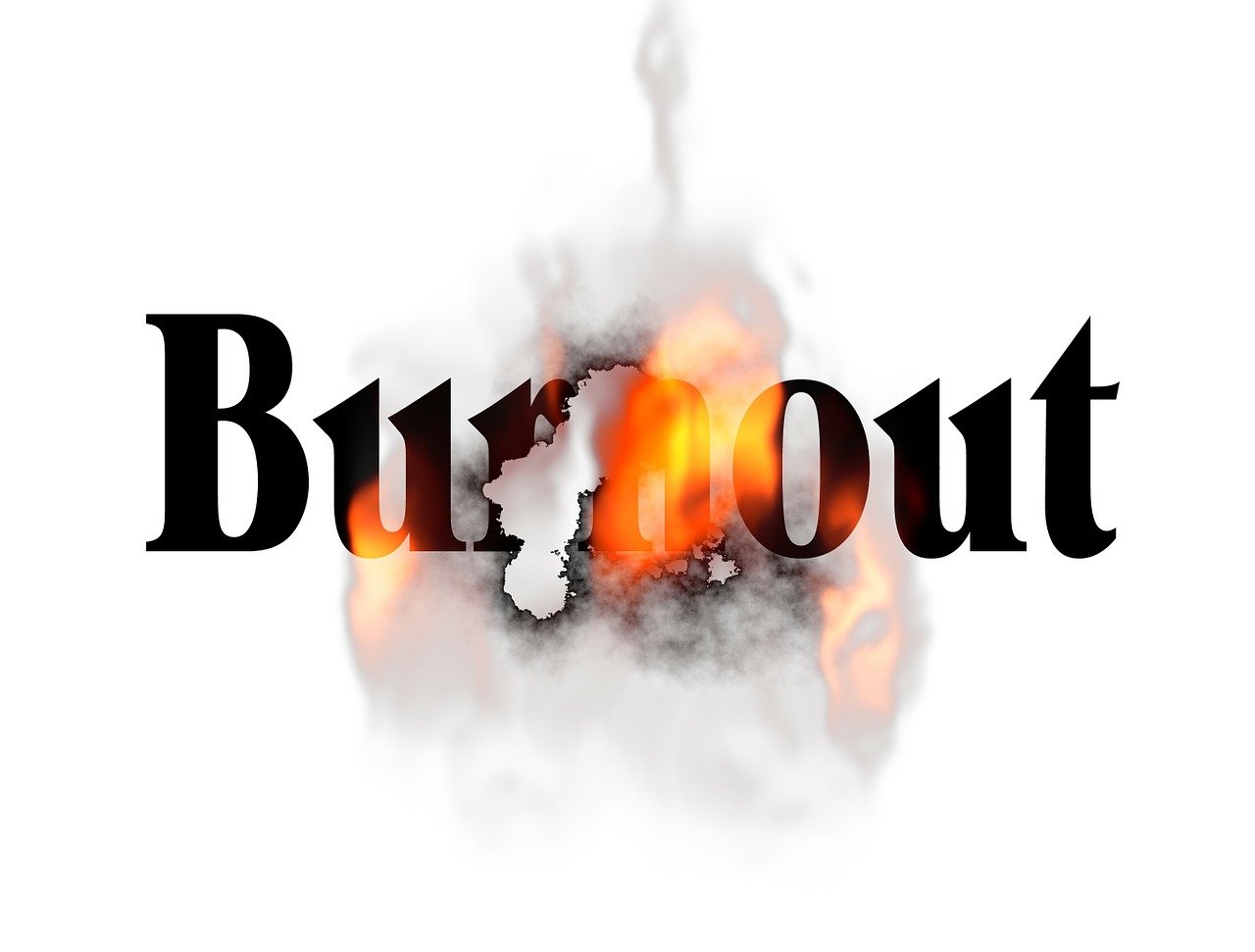
In the ever-evolving landscape of health and well-being, the World Health Organization (WHO) has recently stepped into the spotlight to define and address an issue that affects millions across the globe: burnout. But here’s the twist – the WHO is not just looking at burnout as an individual’s struggle but as a full-fledged organizational phenomenon.
Traditionally, we’ve seen burnout as the outcome of an individual’s inability to cope with the demands of their job. You know the drill – excessive workload, long hours, and a constant feeling of being overwhelmed. But the WHO is now shining a spotlight on the role organizations play in this all-too-common condition.
According to the WHO, burnout is not just a result of personal stress; it’s a syndrome stemming from chronic workplace stress that hasn’t been successfully managed. They define it as “a syndrome conceptualized as resulting from chronic workplace stress that has not been successfully managed.” In essence, it’s not solely about your ability to handle stress; it’s about whether your workplace is actively addressing and mitigating that stress.
The WHO outlines three dimensions of burnout:
1. Feelings of energy depletion or exhaustion: That’s the classic burnout symptom we’re all familiar with – feeling drained and running on empty.
2. Increased mental distance from one’s job: This is where you start to detach emotionally from your work. You might find it hard to care about your tasks or your organization’s mission.
3. Reduced professional efficacy: This dimension refers to the feeling that no matter how hard you work, it’s never good enough. You might experience a sense of incompetence or inefficacy.
Acknowledging burnout as an organizational phenomenon is a game-changer. It places the responsibility not just on individuals but on employers and organizations. It’s a call to action for workplaces to take proactive measures to reduce chronic stress, create healthier work environments, and support their employees’ well-being.
The WHO’s move to define burnout as an organizational issue is a significant step toward addressing this pervasive problem. It calls for a collective effort – individuals, employers, and policymakers – to rethink how we approach work-related stress. It’s a reminder that a healthy workplace is not just a nice-to-have but a necessity for the well-being of individuals and society as a whole. So, let’s embrace this new perspective and work toward a world where burnout is the exception, not the rule.




